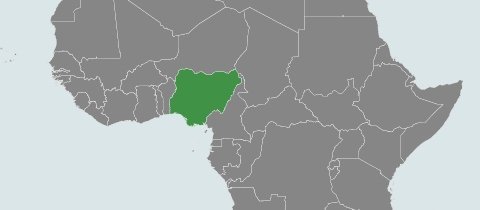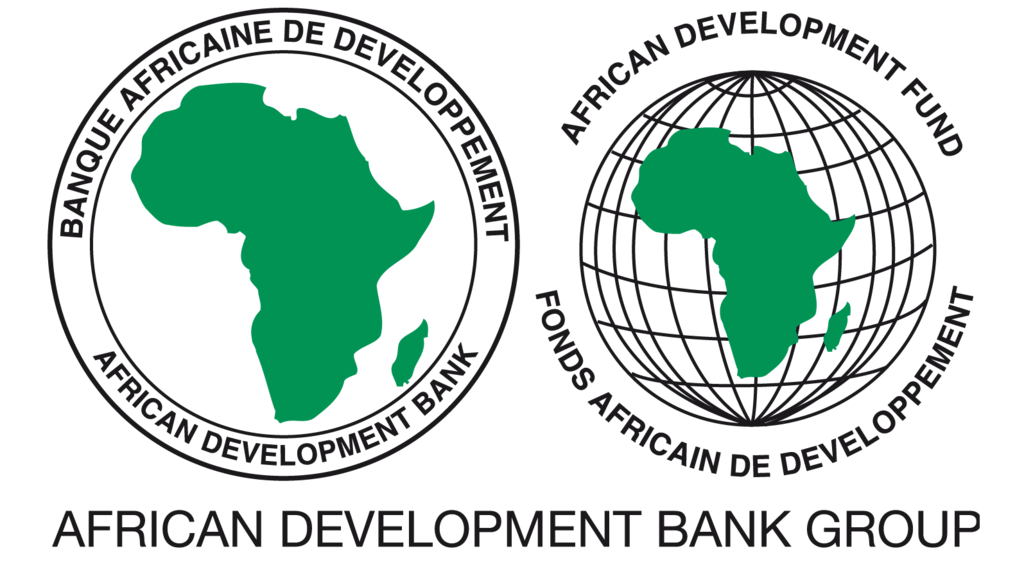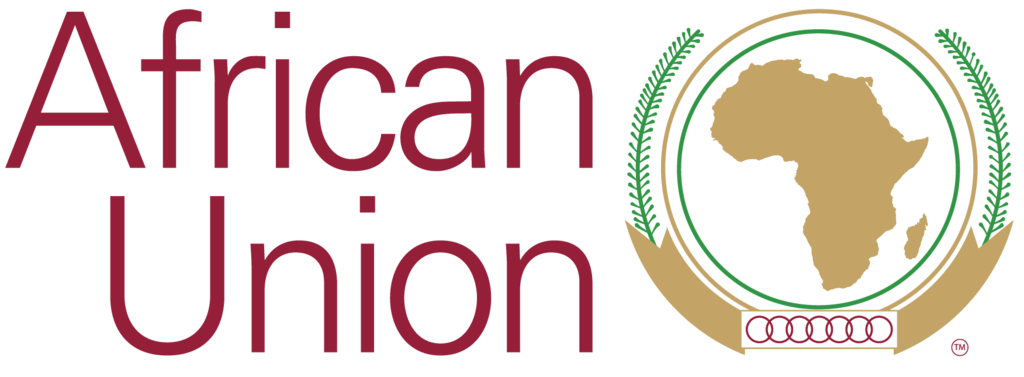At a glance
In Nigeria, electricity access rate was nearly 60% in 2015 (according to the World Bank), with 86% of urban areas and 41% of rural areas with access, while access to non-solid fuels reached only 4%.
The country is an ECOWAS member and, with the rest of the region, adopted a concerted approach to the implementation of the SEforALL Country Action, with the development of the Action Agenda alongside the Renewable Energy and Energy Efficiency Action Plans, and their formal adoption. In this process, the country set the following targets: to increase electricity access to 75% (urban= 90%, and rural= 60%) by 2020 and to 90% by 2030. The installed electricity generation capacity is expected to increase from 7500 MW in 2015 to 115,000 MW by 2030 and energy efficiency will increase by at least 20% by 2020 and 50% by 2030.
Regarding the renewable energy target, the country aims to achieve a 9% and 13% contribution of hydroelectricity (both large and small hydro) to the nation’s electricity generation mix by 2015 and 2020 respectively; a 1% contribution of wind energy to the nation’s electricity generation mix by 2020; and a 3% and 6% contribution of solar energy to the nation’s electricity generation mix by 2020 and 2030 respectively;
The management of Nigeria’s SEforALL Action Agenda will be built on existing structure of the already established Inter-Ministerial Committee on Renewable Energy and Energy Efficiency (ICREEE). Nigeria’s SEforALL Action Agenda will be fully integrated into the activities of relevant MDAs under the umbrella of ICREEE, which is under the leadership and coordination of the Federal Ministry of Power, Works and Housing (FMPWH). A Secretariat to coordinate the activities of the SEforALL AA is proposed in the Federal Ministry.
With the support of the secretariat, an SEforALL Steering Committee should be established to give strategic policy direction as well to ensure coordination of all SEforALL stakeholders. Members of the Steering Committee will include the ICREEE team, Federal Ministry of Finance (FMF), Federal Ministry of Education (FMEdu), Central Bank of Nigeria (CBN), Transmission (TSP/SO/OM), State and Local Governments, DisCos, and GenCos. International Partners EU, GIZ, ECREEE, UNDP, JICA, USAID, AfDB, Civil Society Representative, National Banks, Private Sector, SME Reps etc. will serve as Donors Executive Committee.
The SEforALL implementation is headed by the National Focal Point and supported by a dedicated team drawn from the Renewable Energy and Rural Power Access Department of the Federal Ministry of Power i.e. personnel of the Secretariat will be employees of the Federal Ministry of Power however; Technical Advisors will be secured to support the SEforALL Secretariat on a regular basis.
Location

Country contacts
SEforALL focal point
Faruk Yusuf Yabo
Renewable Energy & Rural Power Access Department
Federal Ministry of Power of Nigeria
News from Nigeria
| SEforALL Action Agenda Objectives | 2030 |
|---|---|
| Electricity Access, national | 90% |
| Access to non-solid fuels, national | 80% |
| Renewable Energy Capacity | 30% |
| Renewable Energy Output on-grid | n.a. |
| Energy Efficiency | n.a. |
| Country Action Documents | Status |
|---|---|
| Rapid Assessment | Finalized |
| Action Agenda | Finalized |
| Investment Prospectus | Under development |
Documents
- Nigeria Investment Prospectus (3.65 MB)
- Nigeria: Gap Analysis Rapid Assessment (524 kB)
- Nigeria: Action Agenda (18.68 MB)
- Nigeria National Energy Efficiency Action Plans (4.05 MB)
- Nigeria National Renewable Energy Action Plans (4.35 MB)
Country statistics
| Series | 2010 | 2012 | 2014 | 2016 |
|---|---|---|---|---|
| Access to electricity (% of population) | 48% | 55.4% | 56.4% | 59.3% |
| Urban (% of urban population) | 79.8% | 83.6% | 84.3% | 86% |
| Rural (% of rural population) | 34.9% | 29.6% | 31.7% | 41.1% |
| Access to clean fuels and technologies for cooking (% of population) | 2.4% | 3.1% | 3.9% | 4.9% |
| Population, total | 159.4 Million | 168.2 Million | 177.5 Million | 186.0 Million |
| Renewable energy consumption (% of total final energy consumption) | 86.8% | 86.4% | 87.3% | - |
| Renewable electricity output (% of total electricity output) | 24.4% | 19.7% | 17.6% | - |
| Electric power consumption (kWh per capita) | 135.6 | 155.9 | 143.7 | - |





